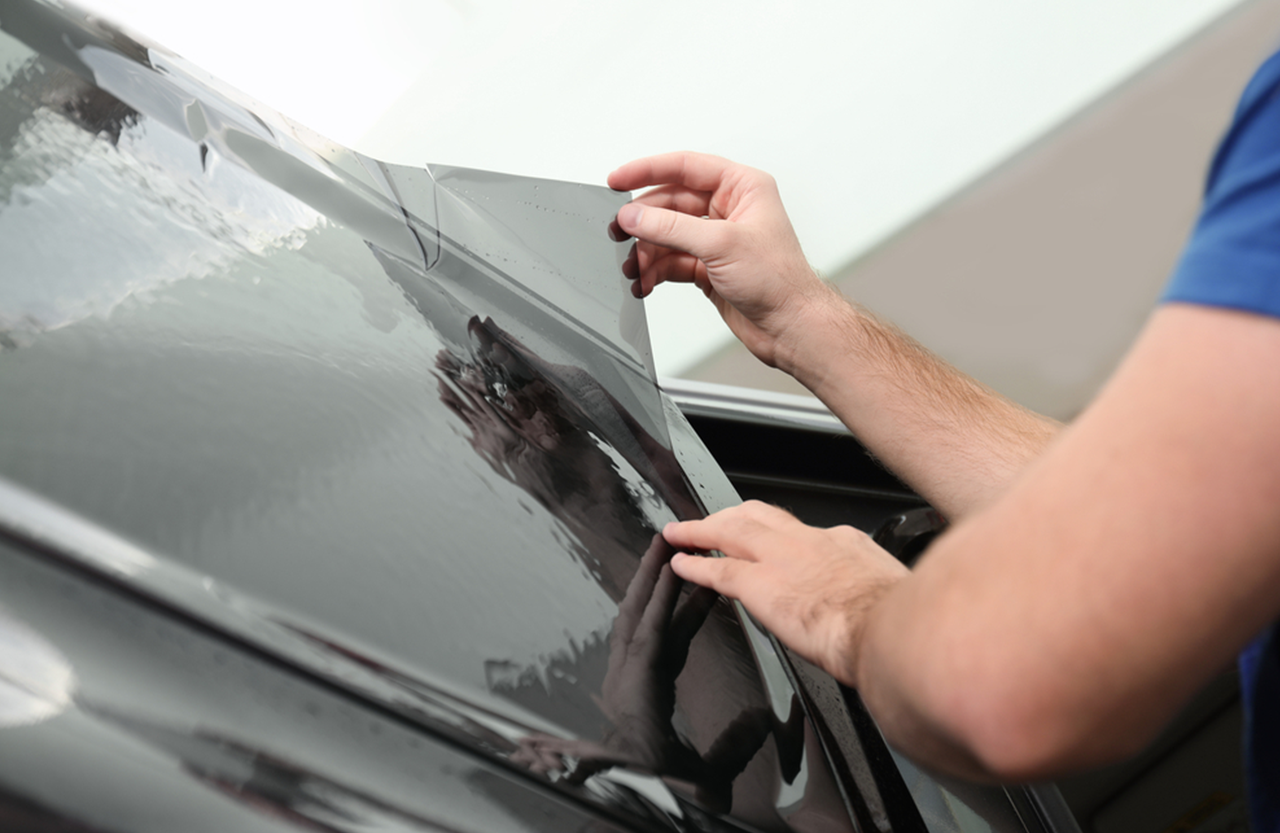
Despite their durability and impact resistance, polycarbonate windshields are not immune to scratches. These imperfections can arise from road debris or incorrect cleaning methods, compromising visibility and the overall look of your vehicle. However, you have several options at your disposal to remove scratches from polycarbonate windshields, ensuring your view is clear and your windshield looks as good as new.
Before you start the repair process, it’s important to assess the depth and severity of the scratches. Light scratches can often be removed with simple polishing, while deeper scratches may require more intensive methods. Run your fingernail across the scratch; if it catches, the scratch is likely too deep for DIY repair and may require professional assistance.
Start by cleaning the windshield thoroughly to remove any dirt or debris that could cause further scratching during the repair process. Use a soft, microfiber cloth and a mild detergent or automotive glass cleaner. Avoid using abrasive materials or harsh chemicals that can damage the polycarbonate surface.
For light scratches, a polycarbonate scratch remover or plastic polish can be effective. These products are designed to fill in and smooth out scratches, restoring the clarity of the windshield. Apply the product according to the manufacturer’s instructions, typically using a soft cloth or sponge in a circular motion. After applying, buff the area with a clean cloth to remove any excess product and reveal a smooth, clear surface.
If the scratches are too deep for a scratch remover to be effective, you may need to resort to sanding. Start with a higher grit sandpaper (such as 800 grit) and gently sand the scratched area in a circular motion. Keep the area wet to prevent further scratching and to remove debris. Gradually move to finer grit sandpapers (up to 2000 grit) until the scratches are no longer visible. It’s crucial to be patient and gentle during this process to avoid causing more damage.
After sanding, the windshield will likely have a cloudy appearance. To restore its clarity, you’ll need to polish the area. Use a fine plastic polish or a headlight restoration kit, which is designed for use on polycarbonate surfaces. Apply the polish with a soft cloth or foam pad, using circular motions until the area is clear and shiny.
Once the scratches have been removed and the windshield is clear, it’s a good idea to apply a protective coating. This can help prevent future scratches and extend the life of the windshield. Look for a product specifically designed for polycarbonate or automotive plastics, and apply it according to the manufacturer’s instructions.
Restoring the clarity of your polycarbonate windshield goes beyond just improving your vehicle’s looks; it’s crucial for maintaining safe driving conditions through clear visibility. Choosing the right repair technique and following detailed steps are essential for effectively removing scratches while preserving your windshield’s integrity. Success in scratch removal depends on patience, accuracy, and the selection of products specifically formulated for polycarbonate materials. Whether you decide to tackle the task yourself or prefer professional assistance, addressing windshield scratches is an important measure in upholding both the functionality and aesthetic of your vehicle. At Skid Steer Polycarbonate, we’re here to support your efforts. Our expertise and range of products can assist you in not just repairing your windshield but also ensuring it stands up to future challenges, embodying our commitment to enhancing both your safety and your vehicle’s durability.
Brands
Brands
Contact Details
Copyright © 2023 SkidSteerPoly All Rights Reserved